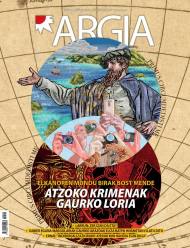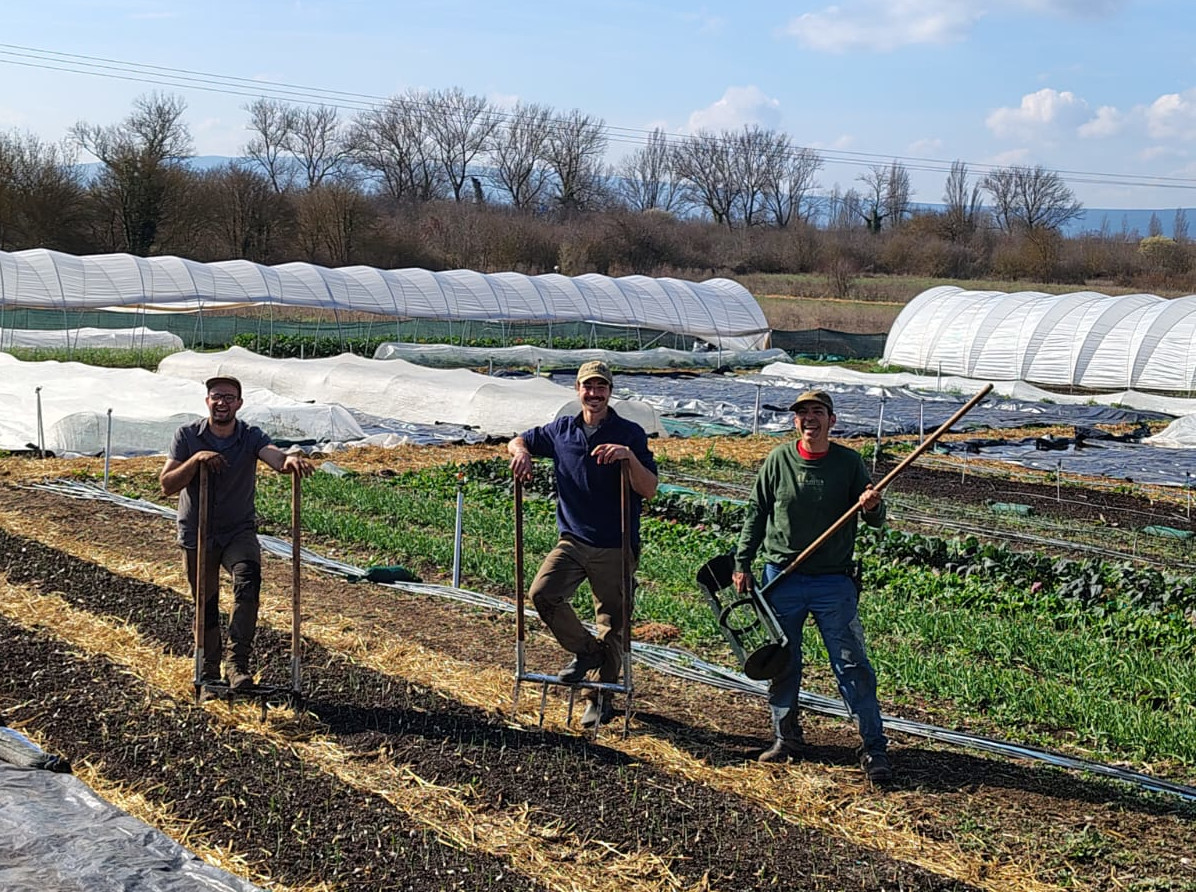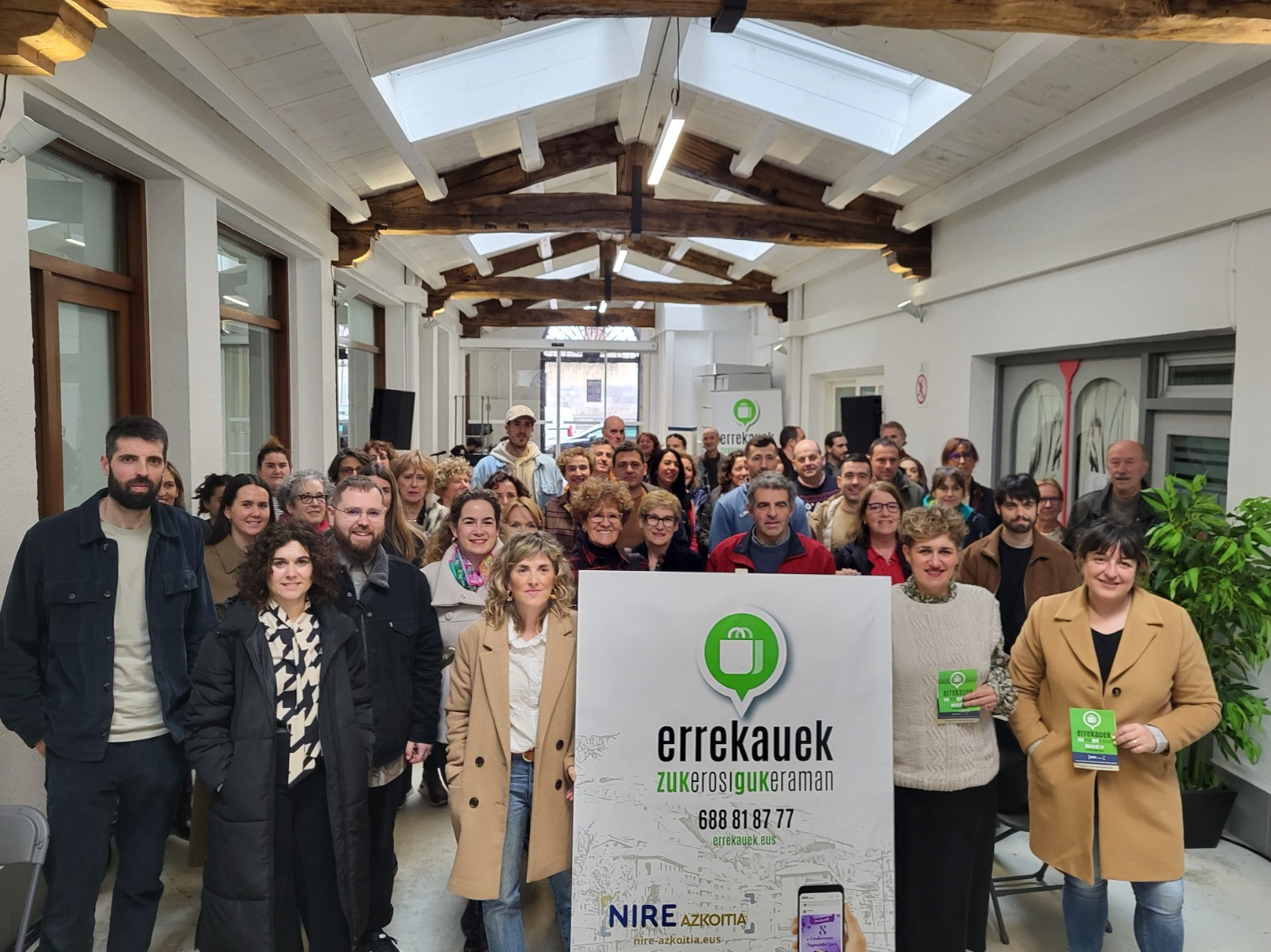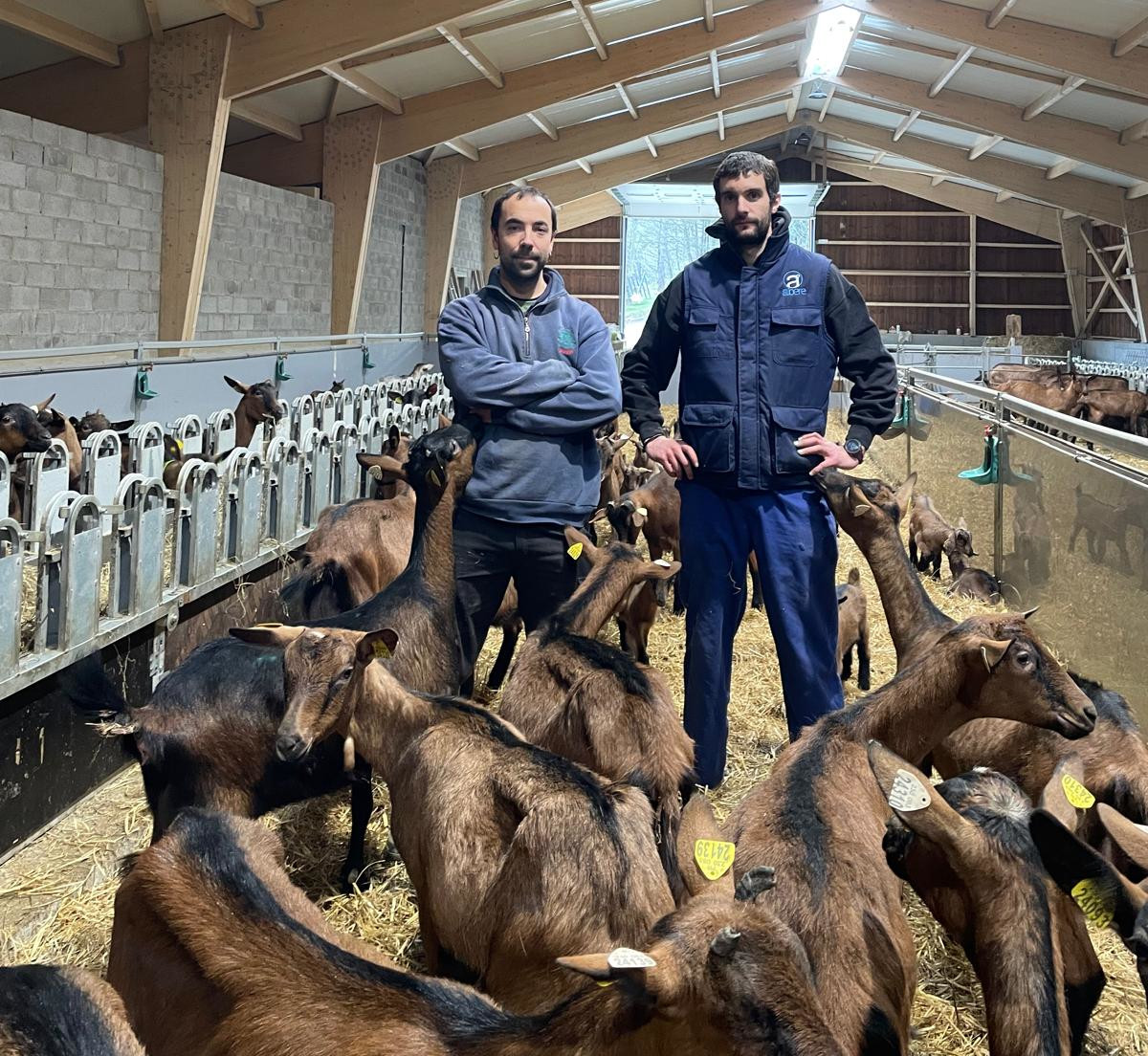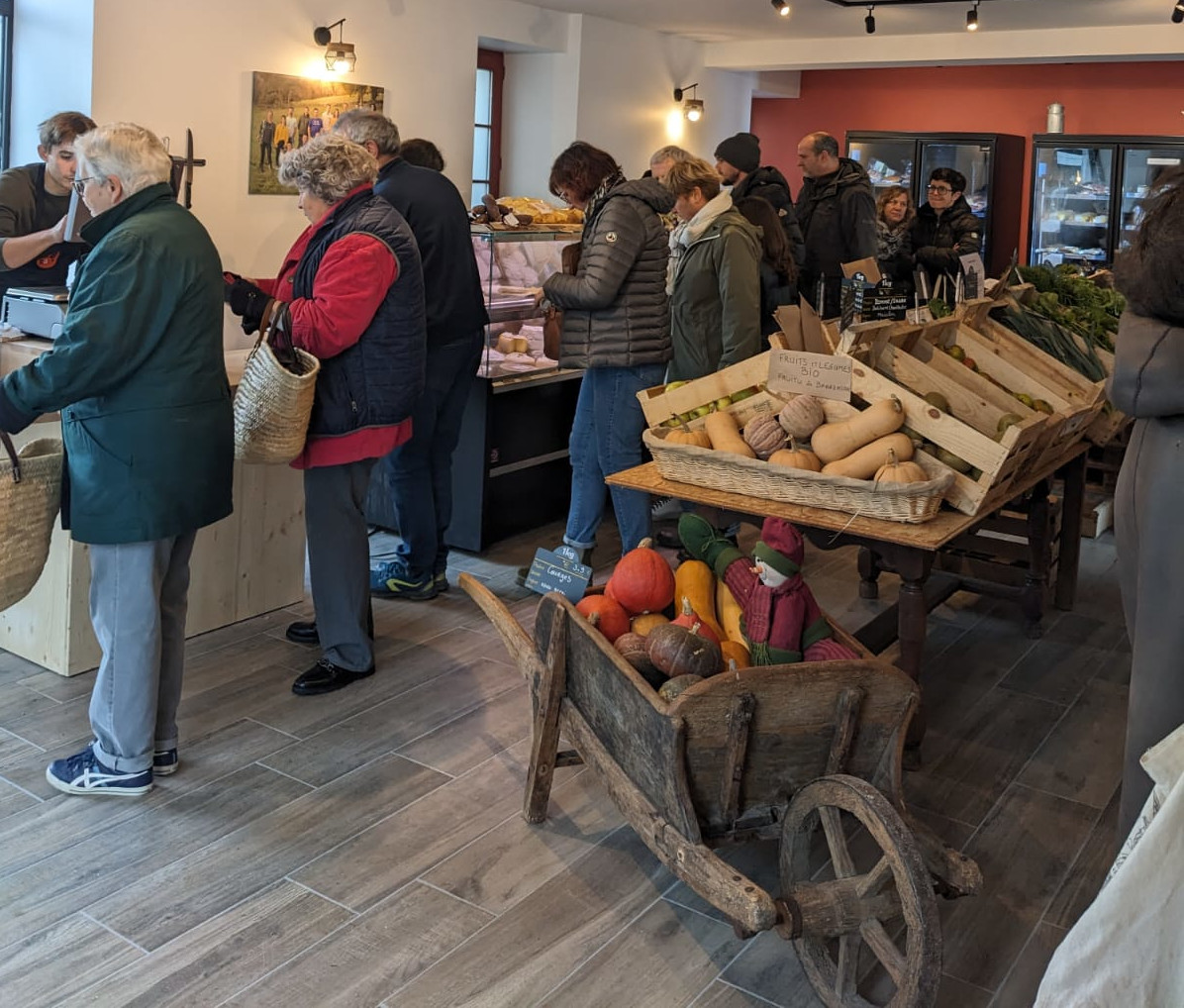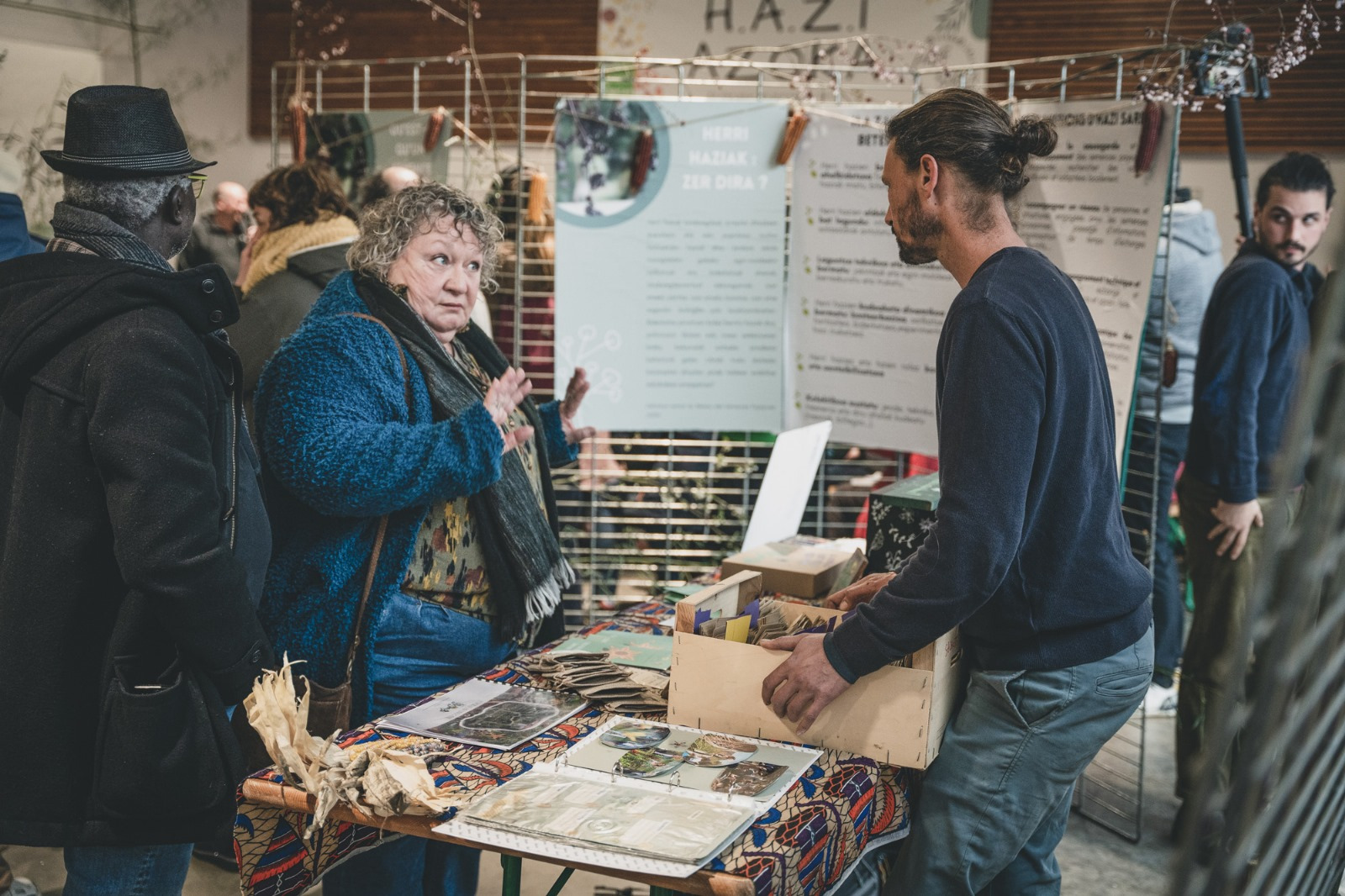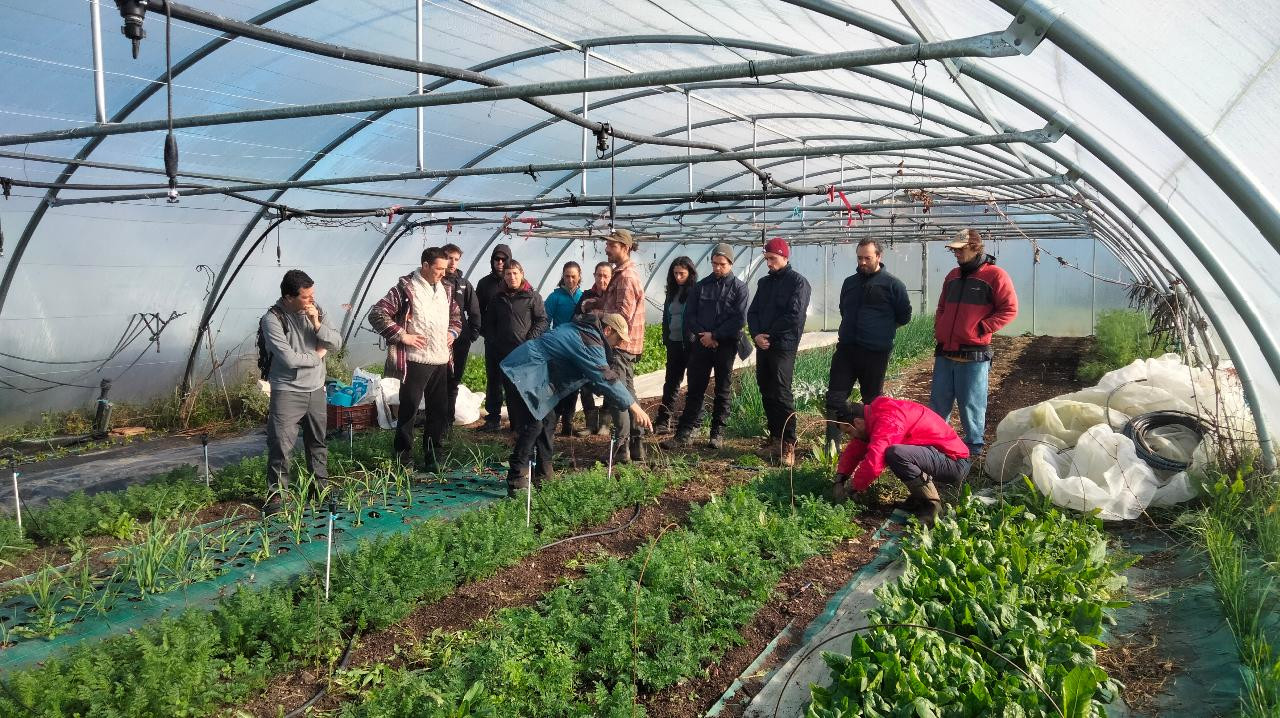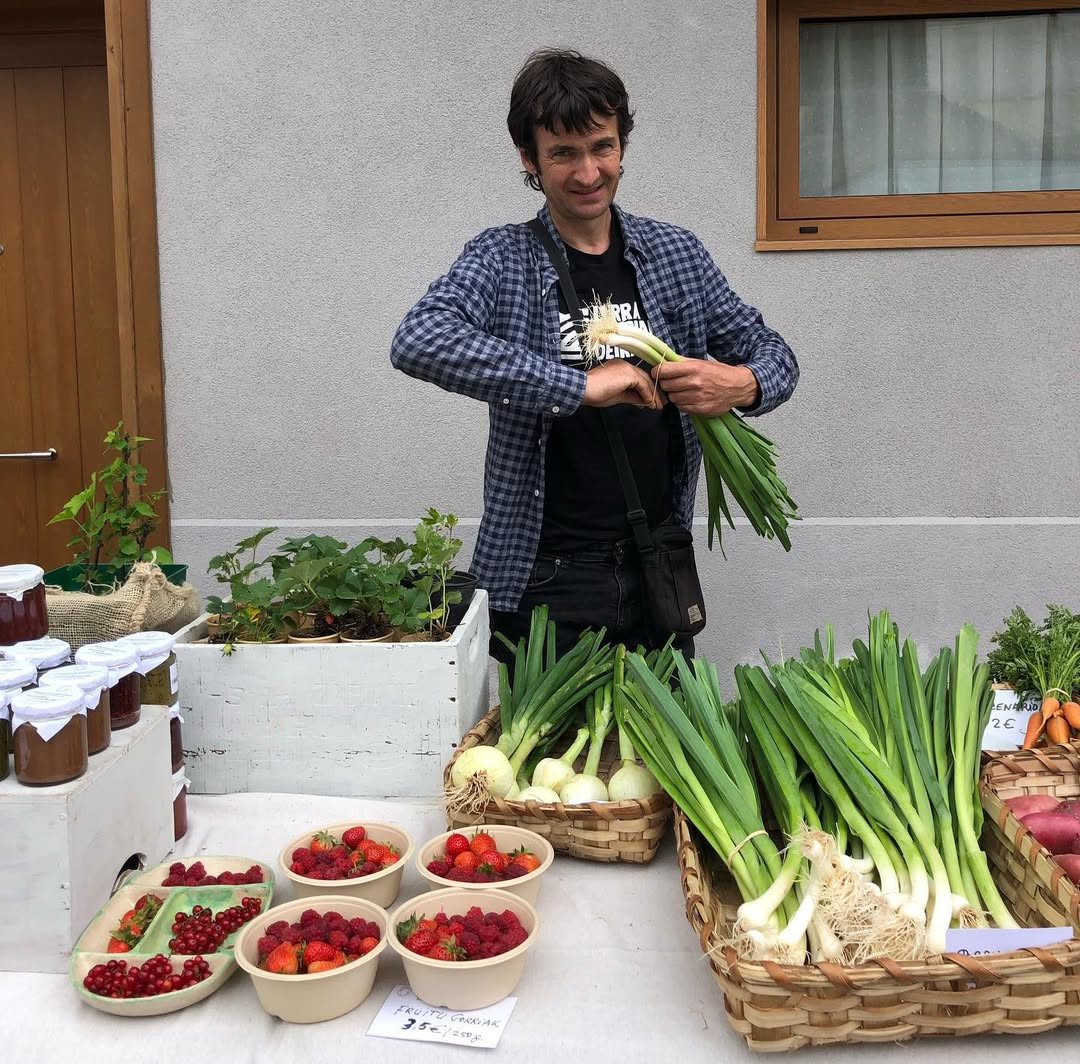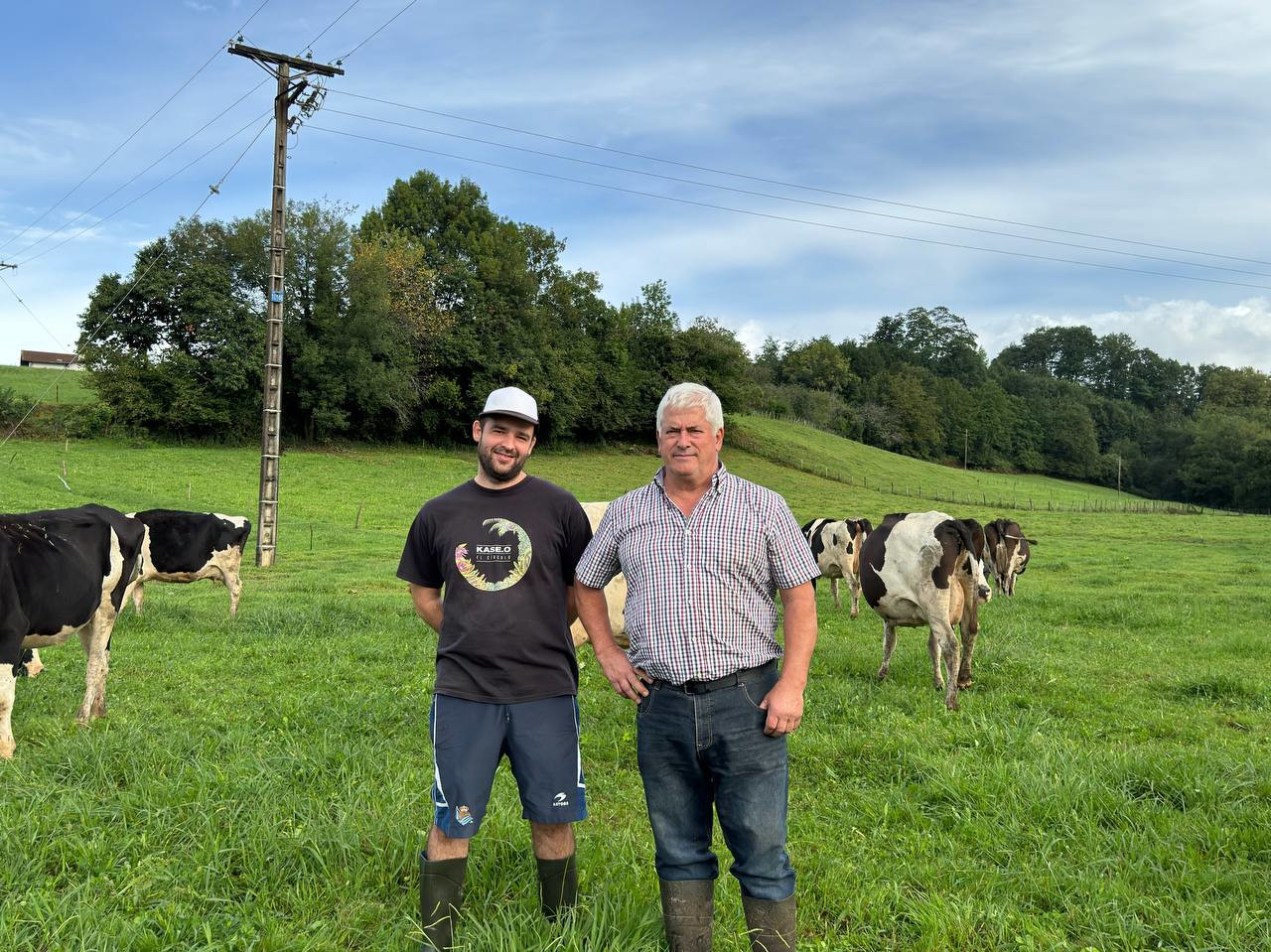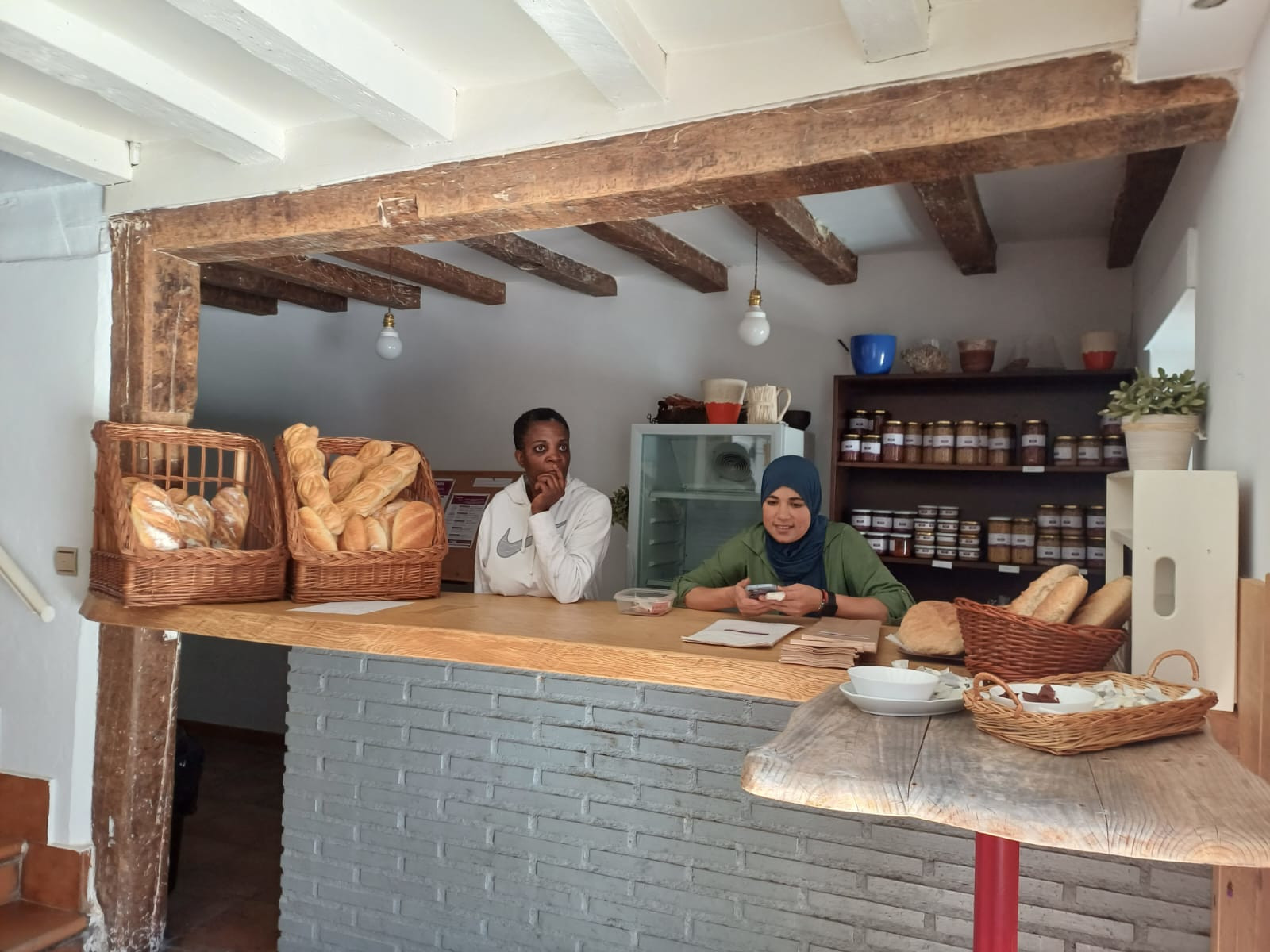
In the Cuadrilla de Añana, in the Alavesa town of Tresbridges, in the municipality of Iruña de Oca, is the spectacular Botanical Garden of Santa Catalina, located in the massif of Badaia. In 1999, the representatives of the municipality decided to create a garden from the remains of the old monastery built in the thirteenth century, seeing that the environment allowed the hosting of species of three microclimates: Mediterranean, Atlantic and mixed. “The garden is special because history and nature come together here: the heart of space is a convent,” explains Blanca Ezpeleta, a botanic garden technician.
Over 1,000 indigenous and world species
The French deer and art predominate among the local plants in the botanical garden, along with juniper, boj and others. In addition to the premises, the visitor will find many species of plants brought from abroad. “Here you can find some plants from Australia, also from Africa, cacti from Argentina…”. The goal, according to the technician, is ultimately to bring nature closer to people. The plants are divided into three routes: native, oriental and Australian trees, and aquatic species.
Visitors will also have the opportunity to immerse themselves in history in this natural space. It was in the 13th century that the most powerful family in Iruña de Oca built the tower of Santa Catalina, which was later maintained by the Augustinian monks during the construction of the monastery. Although in the First Carlist War the monastery was burned and destroyed, the remains of the building are still being preserved today.
Visits, workshops and shows
School children and retirees are the most common visitors to Santa Catalina, according to Ezpeleta. Social reintegration programmes are organized in the two prisons in the area, and visits are made to the garden for prisoners to receive training and gardening.
They also organize other activities in the botanical garden: workshops of medicinal plants, soaps, waxes, perfumes and creams, workshops to get to know butterflies… Being a privileged space to see stars, at night they organize observations with a telescope in Santa Catalina. And there's also no lack of concerts and theater throughout the year. “Everything to make people aware of the importance of nature, plants and animals,” says the technician.
Duela lau urte abiatu zuten Azpeitian Enkarguk proiektua, Udalaren, Urkome Landa Garapen Elkartearen eta Azpeitiako eta Gipuzkoako merkatari txikien elkarteen artean. “Orain proiektua bigarren fasera eraman dugu, eta Azkoitian sortu dugu antzeko egitasmoa, bere izenarekin:... [+]
Donostiako Amara auzoko Izko ileapaindegi ekologikoak 40 urte bete berri ditu. Familia-enpresa txikia da, eta hasieratik izan zuten sortzaileek ile-apainketan erabiltzen ziren produktuekiko kezka. “Erabiltzaileen azalarentzat oso bortzitzak dira produktu gehienak, baina... [+]
Ubidekoak (Bizkaia) dira Imanol Iturriotz eta Aritz Bengoa gazteak. “Lagunak gara txikitatik, eta beti izan dugu buruan abeltzaintza proiektu bat martxan jartzeko ideia”, azaldu du Iturriotzek. Nekazaritzari lotutako ikasketak izan ez arren, baserri munduarekin eta... [+]
Iruñean bizi ziren Iñaki Zoko Lamarka eta Andoni Arizkuren Eseberri gazteak, baina familiaren herriarekin, Otsagabiarekin, lotura estua zuten biek betidanik. “Lehen, asteburuetan eta udan etortzen ginen eta duela urte batzuk bizitzera etorri ginen”, dio... [+]
Gipuzkoako hamaika txokotatik gerturatutako hamarka lagun elkartu ziren otsailaren 23an Amillubiko lehen auzo(p)lanera. Biolur elkarteak bultzatutako proiektu kolektiboa da Amillubi, agroekologian sakontzeko eta Gipuzkoako etorkizuneko elikadura erronkei heltzeko asmoz Zestoako... [+]
Emakume bakoitzaren errelatotik abiatuta, lurrari eta elikadurari buruzko jakituria kolektibizatu eta sukaldeko iruditegia irauli nahi ditu Ziminttere proiektuak, mahai baten bueltan, sukaldean bertan eta elikagaiak eskutan darabiltzaten bitartean.







